Picture this: every morning, without fail, you find your cat sprawled across the exact spot where the sunlight streams through your window. They’ve perfected this sun-chasing routine to an art form, following those golden rays from room to room like a feline GPS system. While all cats seem drawn to warmth, some breeds have turned sunbathing into their personal religion, worshipping at the altar of vitamin D and heat.
Cats are descended from their ancestors in the Middle Eastern desert and African plains, and therefore cope well with heat. This ancient lineage means certain breeds have retained an almost supernatural ability to find and claim the warmest spots in your home. So let’s get started exploring these solar-powered feline companions who treat every sunbeam like their own personal spa.
Egyptian Mau: The Original Sun Worshipper
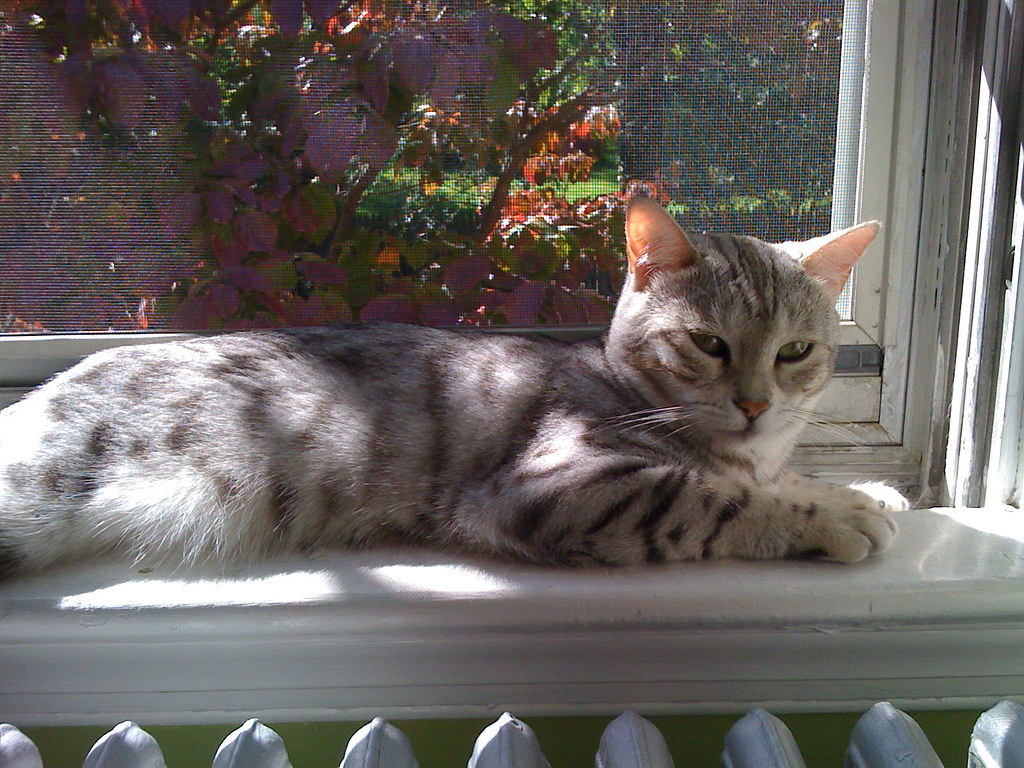
The spotted Mau is an ancient breed from natural stock; its look has not changed significantly as is evidenced by artwork over 3000 years old. These cats literally carry the DNA of ancient Egyptian temple cats who basked in the desert sun alongside pharaohs. Their sleek, naturally spotted coats seem designed to absorb maximum sunlight while their athletic build allows them to chase every moving sunbeam through your house.
What makes Egyptian Maus particularly sun-obsessed is their incredible speed and agility. The Egyptian Mau is the fastest of the domestic cats, with its longer hind legs, and unique flap of skin extending from the flank to the back knee, provides for greater agility and speed. They use this athletic prowess not just for hunting, though they’ll quickly relocate whenever their sunny spot shifts throughout the day. You’ll often find them stretched out in the most intense patches of light, soaking up every possible ray.
Siamese: Vocal About Their Sunshine Needs
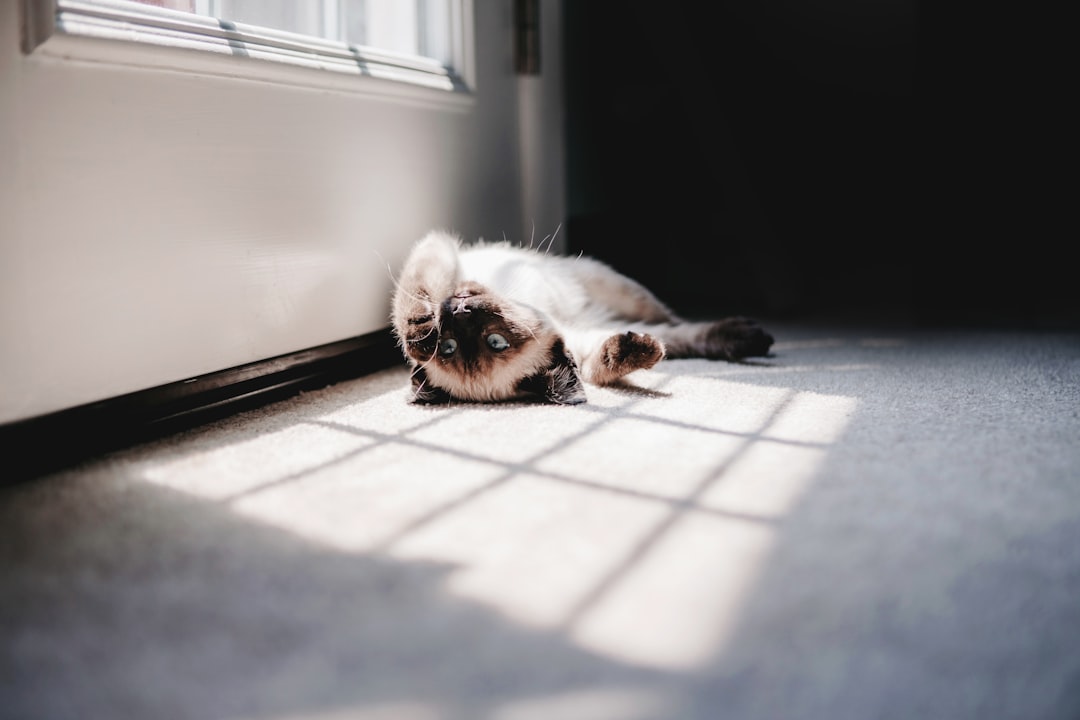
Siamese, Sphynx, and Bengal cats are among those who can’t resist a sunny spot. These chatty cats don’t just love the sun, they’ll tell you all about it with their distinctive voices. Siamese cats have roots in the warm climate of Southeast Asia, where constant sunshine was simply part of daily life. Their lean bodies and short coats make them natural heat seekers who never quite feel warm enough in cooler climates.
The interesting thing about Siamese cats is how they combine their sunbathing with their social nature. They prefer sunny spots where they can still observe household activities and engage with their humans. For instance, a long-hair Persian won’t need as much sun as a short-haired Siamese. Their short coat means they lose heat quickly, making those warm sunbeams essential for comfort rather than just luxury.
Bengal: Wild Patterns, Sun-Seeking Instincts
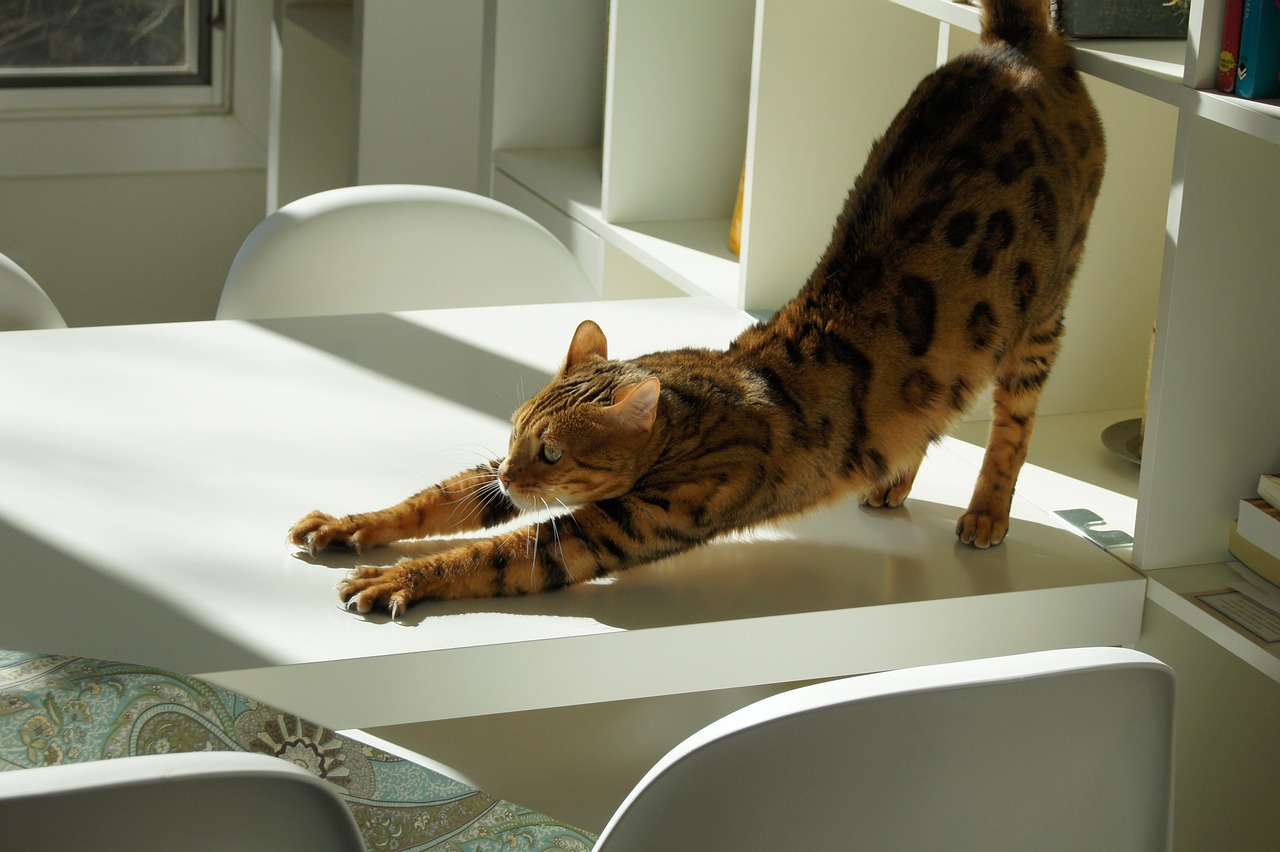
Bengal cats bring their wild heritage directly into your living room, and that includes an intense love affair with sunlight. Their stunning leopard-like rosettes and marbled patterns seem to shimmer differently in natural light, almost like they were designed to be photographed in golden hour lighting. These cats actively hunt for the brightest, warmest spots in your home with the same intensity their ancestors used to stalk prey.
What’s fascinating about Bengals is how they combine their high energy levels with strategic sun-seeking. They’ll engage in intense play sessions, then immediately find the nearest sunbeam for recovery. Their muscular build and dense coat benefit from external heat sources, helping them regulate their body temperature after periods of activity. Many Bengal owners report finding their cats in seemingly impossible sunny perches, having climbed or jumped to reach the perfect solar spot.
Abyssinian: The Ticked Coat That Glows
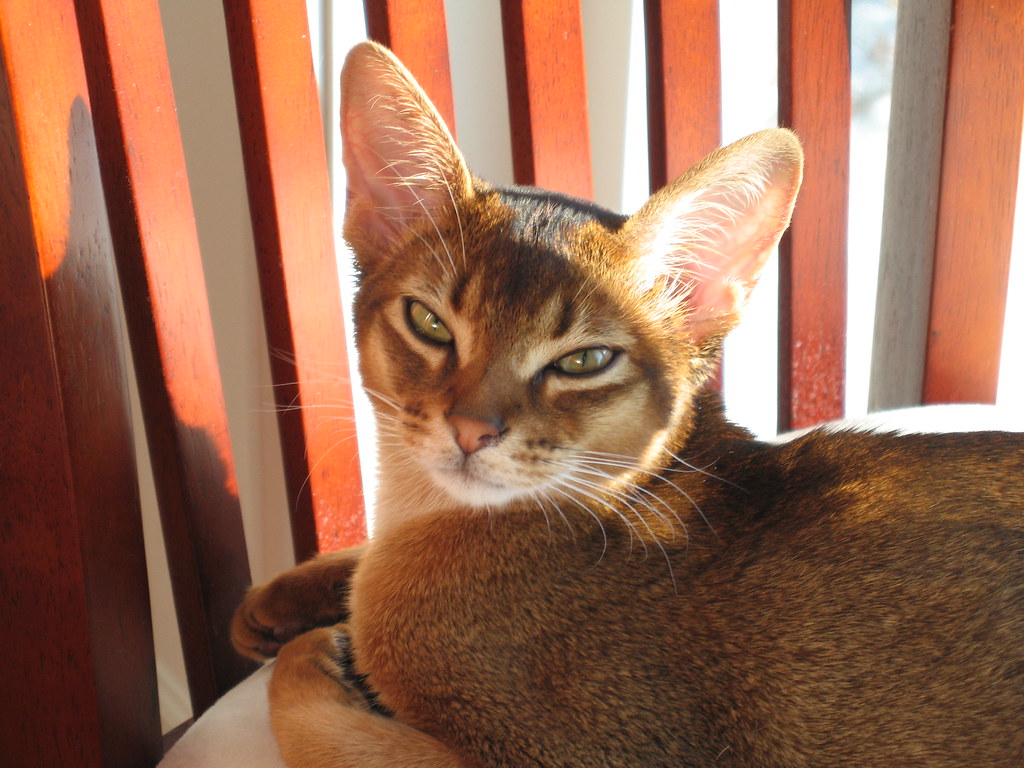
With its lean, elegant profile, the Abyssinian cat bears a close resemblance to ancient Egyptian cat statues. These cats possess a unique “ticked” coat where each individual hair has bands of color, creating a warm, glowing effect that’s absolutely stunning in sunlight. This breed is one of the oldest known, though recent genetic studies suggest origins in Southeast Asia rather than ancient Egypt. Their regal bearing and vibrant personality make them truly captivating.
Abyssinians are incredibly active cats who seem to schedule their sunbathing sessions around their busy exploration schedule. Abyssinians display more curiosity than the average cat. Most cat breeds are very curious as kittens, but Abys retain that sense of curiosity throughout their entire lives. They’ll investigate every corner of your house, but invariably return to claim their favorite sunny spot for afternoon naps. Their short coat and lean build make external warmth particularly appealing to them.
Ocicat: Spotted Beauty in Golden Light

The Ocicat might look wild, but don’t be surprised if you find your Ocicat nestled on a windowsill, watching the world go by, looking every bit the part of a wild hunter – while dreaming of its tuna-flavored dinner. These domestically bred cats with their distinctive spotted coats seem to understand that their beautiful markings look best highlighted by natural sunlight. Their bull’s-eye spot patterns create stunning visual effects when illuminated by streaming sunshine.
Ocicats are active, curious and athletic, and have a highly honed hunting instinct. Like their Abyssinian and Siamese ancestors, ocicats are energetic and talkative and are perfect for those who like playful, lively, interactive cats. They approach sunbathing with the same enthusiasm they bring to everything else, often competing with other pets for the best sunny real estate in your home.
Russian Blue: Silver-Blue Coats That Shimmer

The Russian Blue is known for its blue-gray coat and vivid green eyes. In cats, a deep gray color is commonly referred to as blue. While these elegant cats might seem more suited to cooler climates, their dense double coat actually benefits from sunlight exposure. The warmth helps their luxurious fur maintain its distinctive silvery sheen while their bright green eyes seem to glow even more intensely when they’re basking in natural light.
Russian Blues are known for being somewhat reserved, but they become completely blissful in their chosen sunny spots. Their methodical personalities mean they’ll carefully select and claim specific sunbathing locations, often returning to the same spots day after day. The contrast between their cool-toned coat and the warm golden sunlight creates a particularly striking visual that makes them look almost ethereal when they’re in full relaxation mode.
Devon Rex: Curly Coats Craving Warmth
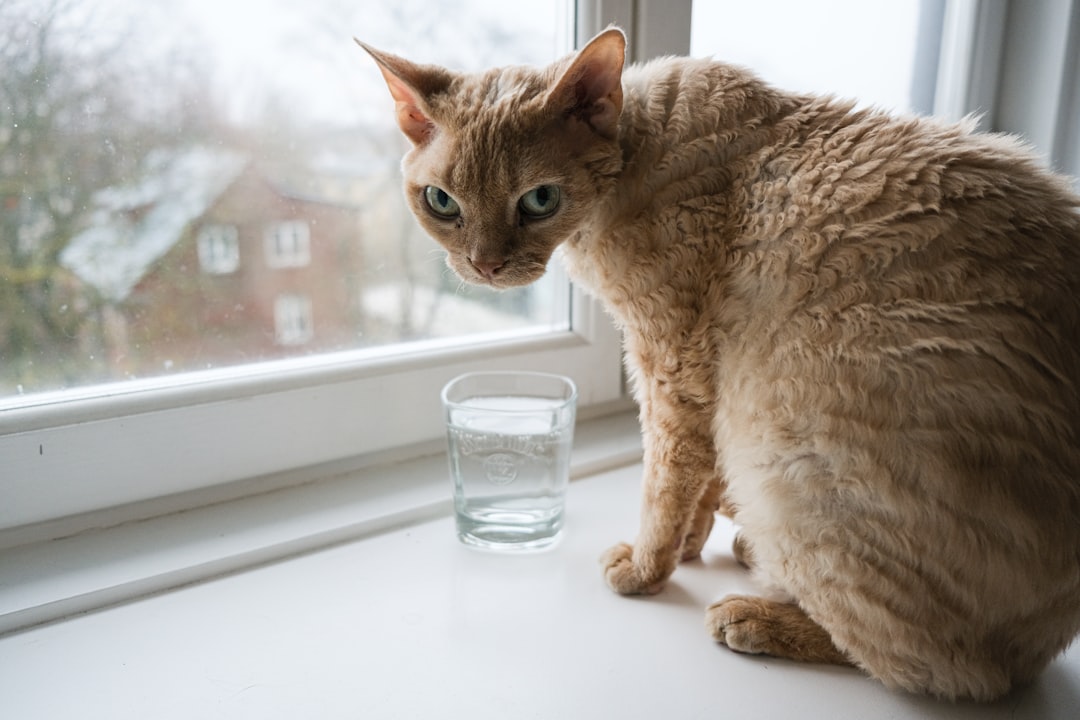
Their light coat means that they are best suited for indoor living in warm and dry conditions, as they are sensitive to low temperatures. Devon Rex cats have minimal coat protection, making them absolute heat addicts who will seek out every possible source of warmth. Their distinctive curly coats provide little insulation, so sunbathing becomes less of a luxury and more of a necessity for these pixie-like cats.
While all cats shed, Devons certainly shed less than most; they are easy-care, wash-and-wear cats that may be well tolerated by those sensitive to cats. Contrary to popular belief, though, they are not hypoallergenic. Their sparse coat means they can feel chilly even in moderate temperatures, making them champions at finding creative sunny spots that other cats might overlook. You’ll often find them pressed against windows or sprawled across warm surfaces that have been kissed by sunlight.
Cornish Rex: The Velvet Sun Seeker
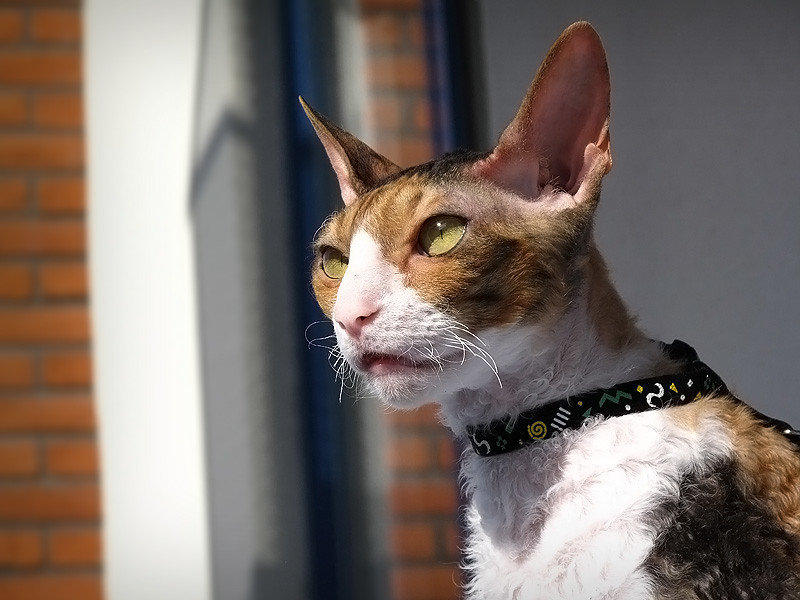
Cornish Rex cats take sun-seeking to professional levels with their incredibly thin, velvety coats that provide virtually no insulation. Cornish Rexes only have the undercoat. The curl in their fur is caused by a different mutation and gene than that of the Devon Rex. These cats need external heat sources to maintain comfortable body temperatures, making them dedicated followers of any available sunlight.
What’s remarkable about Cornish Rex cats is their ability to contort into seemingly impossible positions to maximize their sun exposure. These cats are extremely energetic and intelligent, and they’re always looking for places to play. They’re outstanding family pets that get along great with kids and other types of cats. They’ll spend their active periods playing and exploring, then immediately seek out the warmest, sunniest recovery spots for their frequent nap sessions.
Sphynx: Naked and Sun-Hungry
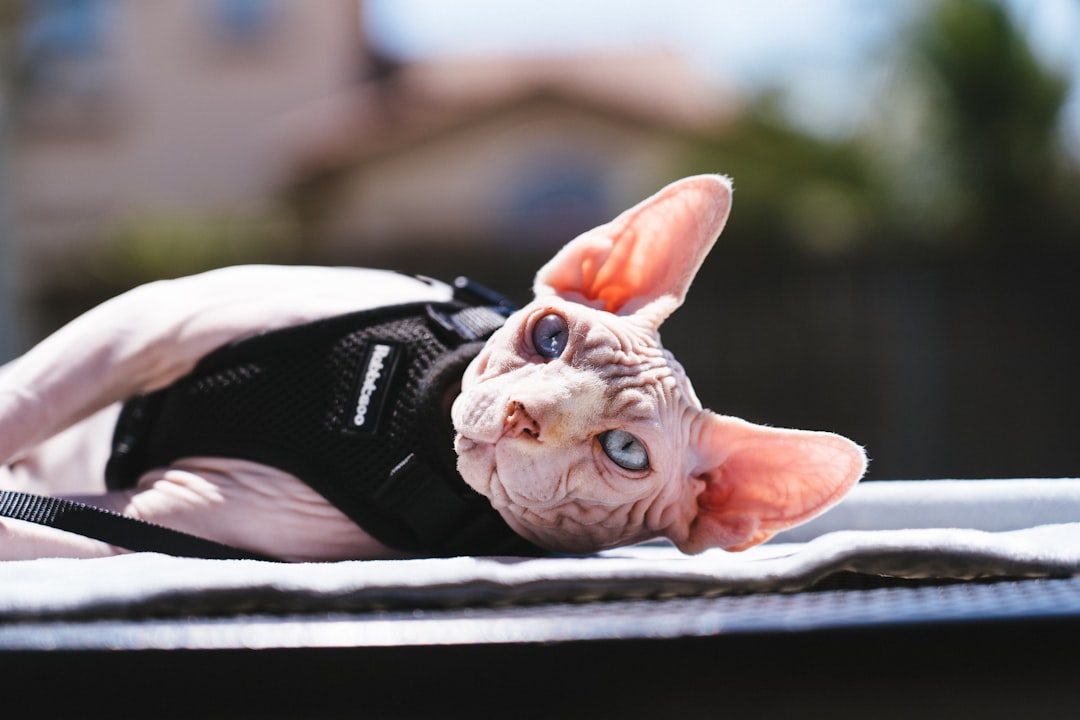
Perhaps no breed demonstrates the connection between coat and sun-seeking behavior more clearly than the hairless Sphynx. These cats are essentially living proof of why fur exists, as they constantly search for external heat sources to maintain their body temperature. Hairless breeds like Sphynx cats are even more vulnerable to UV damage. Though they love warmth, they require careful monitoring to prevent sunburn on their exposed skin.
Sphynx cats have turned sunbathing into both an art and a science, often positioning themselves to catch rays while avoiding overexposure. Their lack of fur means they can feel the sun’s warmth more directly and intensely than coated breeds. Many Sphynx owners create special sunny refuges with protective window films that filter harmful UV rays while still providing the warmth these cats crave.
Burmese: Compact Heat Magnets
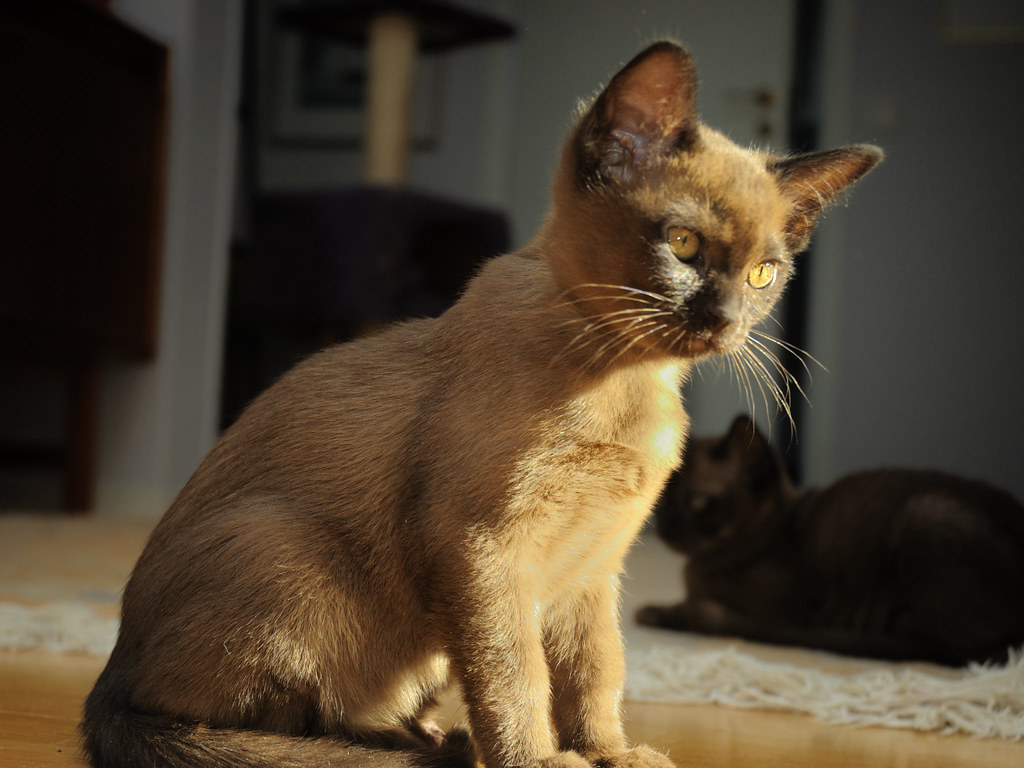
Burmese cats are known for their muscular build and glossy coats, exuding an aura of strength and vitality. With their expressive eyes and affectionate nature, they form deep connections with their families. Their dense, compact bodies seem designed to absorb and retain heat effectively, making them natural sun worshippers who appreciate every degree of warmth they can capture.
These social cats often combine their sunbathing sessions with family interaction, choosing sunny spots where they can maintain visual contact with their humans. Burmese cats are playful and energetic, making them perfect for interactive play and companionship. Their sociable disposition means they enjoy the company of both humans and other pets. Their glossy coats seem to practically glow when highlighted by natural sunlight, showcasing their beautiful coloring at its best.
Conclusion: Solar-Powered Companionship

These ten breeds have elevated sunbathing from simple comfort-seeking to an art form, each bringing their own unique approach to solar worship. Whether it’s the ancient Egyptian Mau following thousands of years of desert-dwelling instincts, the vocal Siamese announcing their sunshine requirements, or the hairless Sphynx treating every sunbeam like a life-giving resource, these cats prove that some felines are simply hardwired for warmth.
Sunbathing is a delightful and natural behavior that reflects your cat’s instinctual need for warmth, comfort, and relaxation. By providing safe and cozy sunbathing spots, monitoring their exposure, and staying alert to any unusual signs, you can ensure your feline friend enjoys their sunny moments to the fullest. What do you think about these solar-powered personalities? Tell us in the comments which of these sun-loving breeds has captured your heart!





